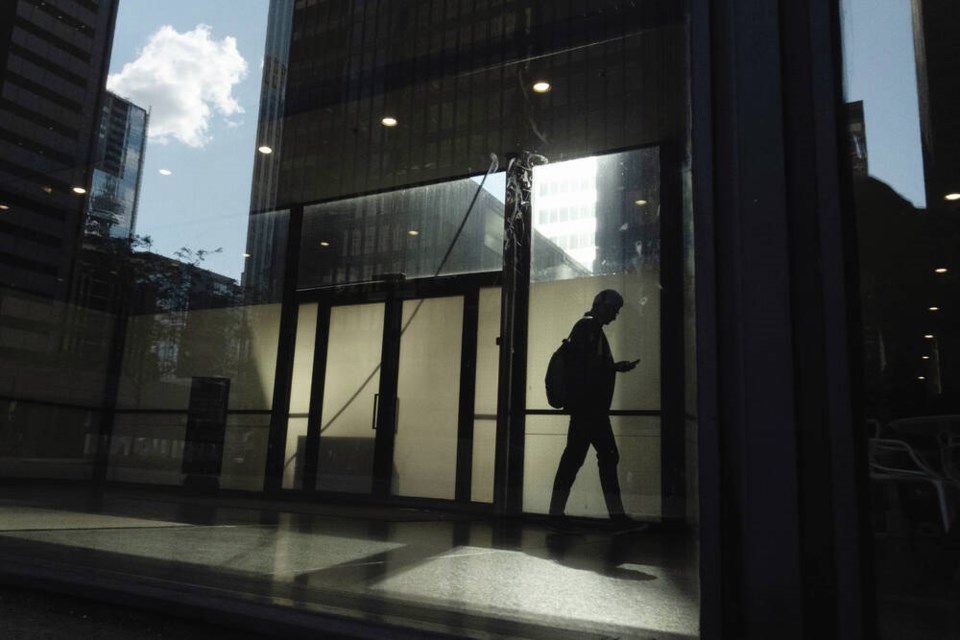Nearly three years after the COVID outbreak first arrived, public servants are still being allowed to work from home. Both here, in provincial ministries, and in the federal government, large numbers of employees have only a virtual presence at their worksites.
Of course the outbreak is still going strong, further complicated by a tough flu season and unusually severe respiratory disorders.
It’s therefore understandable that employees would be nervous about returning to the office, though numerous other worksites have made the move.
Yet public servants are supposed to be, in the fullest sense, servants of the public. If they disappear from their appointed place of work, they become that much less accessible.
Certainly there are degrees of inconvenience in an offsite workforce. In a purely technical sense, some jobs can be done from home, data crunching for example. Not every employee needs to be physically at an office work station to complete their daily tasks, at least in the narrowest sense.
Even so, how effectively can managers supervise a workforce they rarely see in person?
Managing is about more than record-keeping and time-stamping. It is about developing a sense of teamwork, drawing on the variety of experiences that each employee brings to the job.
However, it’s nearly impossible to build this chemistry if the team rarely ever meets. Disembodied Zoom calls bring none of this alive.
The impact on younger staff members, in particular, can be severe. Promotion ladders in government are long and winding.
Without hands-on help from experienced co-workers who have learned the ropes, the route forward can seem daunting. This is no way to build a public service.
The B.C. government’s answer to these questions is not reassuring. Ministries have been left to their own devices as to which employees, if any, must come to work, and which may work from home.
The result is a patchwork, with inconsistencies galore. Some ministries are setting minimum in-office attendance levels of so many days per week. Others are not.
If there is any evaluation plan to determine whether working from home affects customer service, quality of work, job satisfaction, promotability and communication, it has not been shared with the public.
In effect, the government is still treating working from home as a temporary emergency measure, not the significant worksite change it has become.
At the federal level, after acrimonious union negotiations, Ottawa has finally settled on a policy. Staff in all the main government agencies will now be required to work on site at least two or three days a week.
Yet this too has the feel of a meaningless compromise. If staff can safely return to work three days a week, why not five?
And even this concession was dismissed by Chris Aylward, head of the union representing 165,000 federal public servants, about 80 per cent of whom are working from home.
He wants the right to work from home entrenched permanently in the union’s collective agreement.
Social distancing was a sensible response to the emergence of COVID, and as an interim measure, it helped slow the spread.
But it cannot take on a permanent role without far-reaching disruptions to our social fabric. Vaccinations are a wiser choice.
Above all, there is a pressing need to restore a sense of normalcy to our daily life, and all of us share that responsibility.
For this reason we have to ask public servants who do well, income-wise, pension-wise and job security-wise, to play their part. And that part is in the office, at work, throughout the week.
>>> To comment on this article, write a letter to the editor: [email protected]



